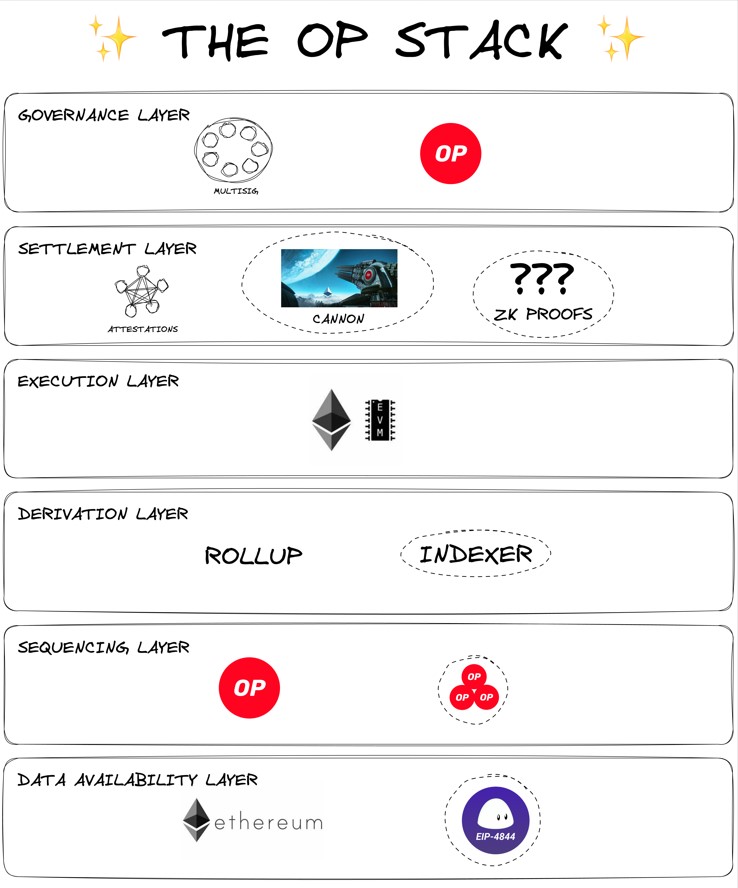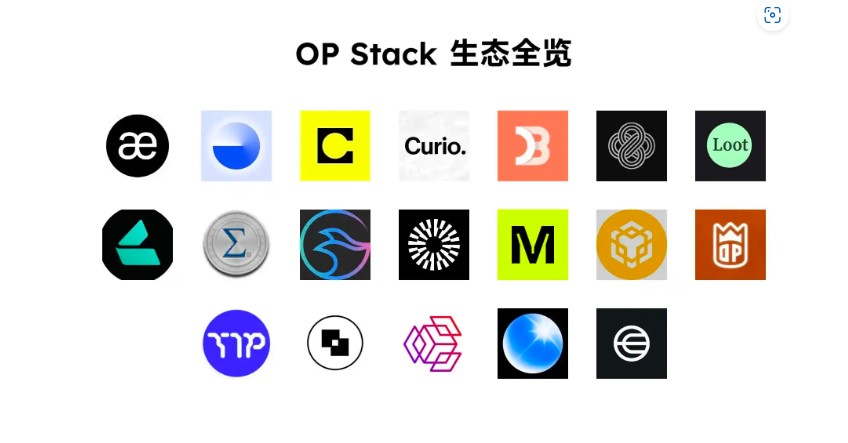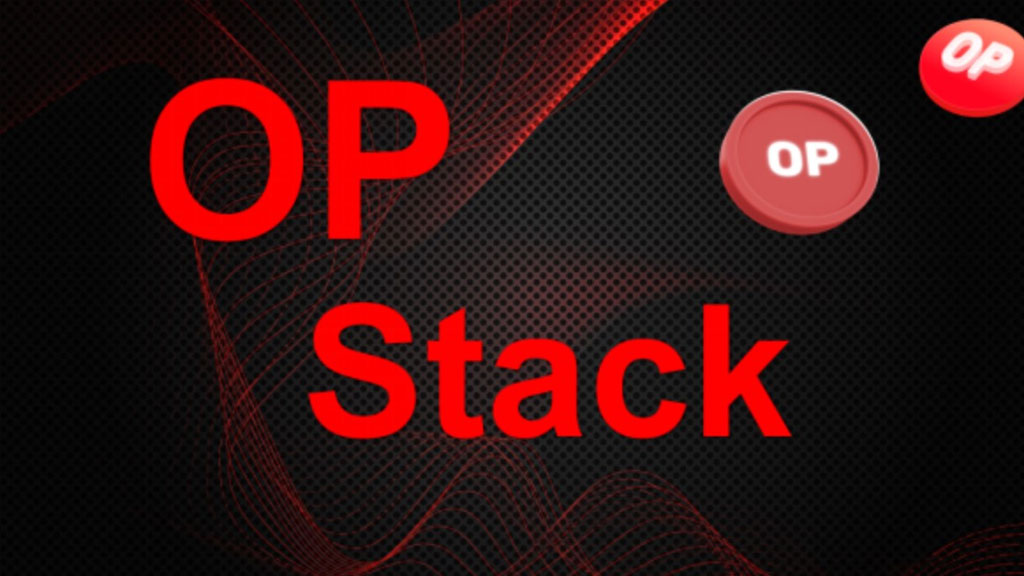OP Stack is a clever “bet” of the entire Ethereum and Optimism community when the future of blockchain is neither a multi-chain nor a single-chain structure but a “super chain” structure.
OP Stack Explained
The OP Stack, maintained by the Optimism Collective, is the standardized, shared, and open-source development stack that powers Optimism. This framework consists of the many different software components, form the backbone of Optimism.
The OP Stack, built as a public good for the Ethereum and Optimism ecosystems, is not only a “rollup or an optimistic solution”, but also the foundation of a development roadmap into Modular Blockchain.
Currently, the OP Stack is in the form of the software behind Optimism Mainnet and eventually in the form of the Optimism Superchain and its governance.
Optimism Bedrock is the current iteration of the OP Stack. The Bedrock release provides the tools for launching a production-quality Optimistic Rollup blockchain. At this point in time, the APIs for the different layers of the OP Stack are still tightly coupled to this Rollup configuration of the stack.
The vision behind the OP Stack is to encourage innovation within the Ethereum community. By offering a user-friendly platform, developers can focus on cutting-edge advancements, simplifying the process of creating their own blockchains.
Three key design principles of OP Stack

Utility: To be eligible for inclusion in the OP Stack, any software must actively contribute to empowering the Optimism Collective. This requirement serves as a guiding principle for determining the suitability of components for the stack.
Simplicity: is a key factor in enhancing security and maintainability, especially when dealing with critical infrastructure. Every line of code introduces the potential for bugs and vulnerabilities, so a straightforward protocol with less code reduces the surface area for potential mistakes. Moreover, a clean and minimal codebase fosters greater accessibility for external contributors and auditors, ensuring the utmost security and accuracy for the OP Stack.
Extensibility: serves as a fundamental design principle that empowers collaboration within the Optimism Collective ecosystem, unleashing its full potential.
OP Stack Layers

Data Availability Layer
The Data Availability Layer plays a crucial role in determining the publication location of raw inputs for an OP Stack-based chain. A chain built on the OP Stack can employ one or multiple Data Availability modules to access its input data. As the OP Stack chain relies on the Data Availability Layer, the choice of Data Availability module(s) has a substantial influence on the security model of the system.
Sequencing Layer
The Sequencing Layer plays a vital role in managing the collection and publication of user transactions within an OP Stack chain, specifically to the Data Availability Layer module(s) in use. In the default Rollup configuration of the OP Stack, the Sequencing responsibility is usually assigned to a dedicated Sequencer entity.
To ensure fairness and efficiency, rules outlined in the Derivation Layer impose restrictions on the Sequencer’s authority, limiting their ability to withhold transactions beyond a specified time frame. This ensures that transactions are promptly processed and integrated into the chain.
Derivation Layer
The Derivation Layer plays a pivotal role in converting raw data present in the Data Availability Layer into processed inputs, enabling seamless interaction with the Execution Layer and facilitating efficient data processing within the OP Stack ecosystem.
Execution Layer
The Derivation Layer processes raw data in the DA layer to produce finished data, which is then sent to the Execution layer via the Ethereum Engine APIs.
Settlement Layer
The Settlement Layer serves as a mechanism on external blockchains, enabling the establishment of a view of an OP Stack chain’s state on those external chains, including other OP Stack chains. Each OP Stack chain can have one or more Settlement mechanisms on various external chains.
These Settlement Layer mechanisms are read-only and allow external parties to make decisions based on the state of an OP Stack chain.
Noticeable Settlement Layer’s core function is to enable a third-party chain to access the state of the target chain.
Governance Layer
The Governance Layer is an important part of the OP Stack system, helping to manage decisions about default configuration, system upgrades…
OP Stack ecosystem

The Outstandings projetcs
Base Network
Base network is the most important project in the OP Stack ecosystem.
Launched at the end of February 2023, the Base Network is an Ethereum Layer 2 chain that offers a safe, low-cost, developer-friendly way to build on-chain. Base is an L2 built on OP Stack in collaboration with Optimism.
Notably, just a few months after launch, Base has attracted many projects and users. Currently, Base is also a “powerful person” in Optimism’s OP Stack super chain ecosystem. It is estimated that Base alone could bring thousands of US dollars in additional income to the OP treasury each year.

Magi
Developed by a16z, Magi is an alternative rollup client for op-node to enhance client diversity within the rollup. Written in Rust, Magi is compatible with execution clients such as Geth and Besu. While it shares the same functionality as op-node, it is projected to become a viable alternative to it with additional months of development.
Worldcoin
Worldcoin is a Decentralized ID project of OpenAI founder Sam Altman, with the ambition to popularize crypto to all users around the world.
After releasing the WLD token on July 24, the number of on-chain transactions on Optimism also grew dramatically, reaching 800,000 transactions in a day, surpassing Arbitrum.
OpBNB
On June 19, 2023, BNB Chain officially launched the opBNB layer2 solution compatible with EVM (Ethereum Virtual Machine) and built on OP Stack. Notably, OpBNB not only helps increase transaction speeds and reduce costs but also improves the security and scalability of Binance Smart Chain (BSC).
Recently, opBNB has just switched to the mainnet version for developers. This is a big step forward for opBNB.
Combo Network
Combo Network (formerly Cocos-BCX), an L2 created from combining the strengths of BNB Chain and Optimism with NodeReal, is a developer-friendly gaming platform that offers a variety of solutions for high-performance Web3 games.
OP Erigon
Developed by Test in Prod, op-erigon is an alternative execution client for op-geth, modeled as a variant of the erigon implementation. Currently, only op-geth is the only execution client used in the production. However, as the second alternative execution client, this has been deployed to the mainnet and is expected to improve the execution client diversity.
Debank
On August 11, DeBank launched the DeBank Chain testnet based on OP Stack with a plan to launch the mainnet in the mainnet year. The DeBank Chain testnet has modified the consensus mechanism, helping to reduce gas fees many times.
The other projetcs
In addition to the 7 outstanding projects mentioned above, there are still many projects being built on OP Stack such as: OPCraft, Kinto, UniDex, Keystone, Zora Network, Loot Chain, Manta Pacific, Mantle Network, Celo, Aevo, Op Clave, Public Goods Network, Lyra Finance, Mode Network, Chronicle (built by Lit Protocol) and Magma (built by UniDex).
Conclusion
OP-Stack has paved the way for the accessible building of your own rollups, and numerous projects are being built within this ecosystem.
As Optimism grows, so will the OP Stack. Today, the Bedrock Release of the OP Stack simplifies the process of deploying new L2 Rollups.
As work on the stack continues, it should become easier to plug in and configure different modules. As the Superchain begins to take shape, the OP Stack can evolve alongside it, to include the message-passing infrastructure that allows different chains to interoperate seamlessly.
At the end of the day, the OP Stack becomes what Optimism needs.






